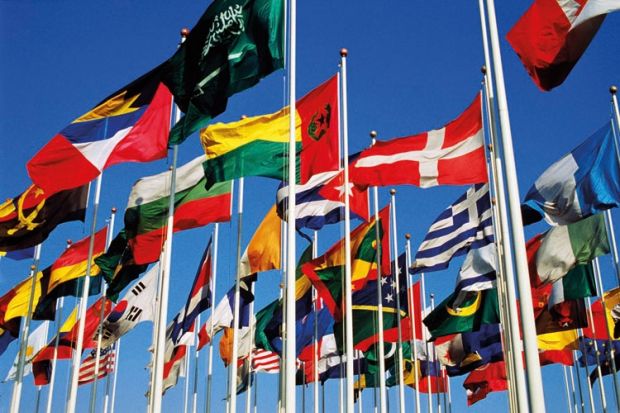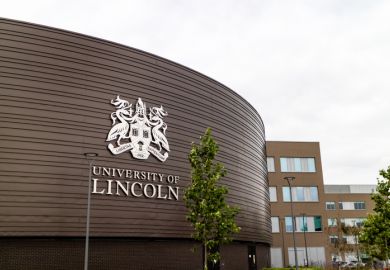Only 4,842 undergraduates accepted places to study modern languages degrees as tuition fees rose to £9,000 in 2012-13 compared with 5,508 students in 2011-12, according to data released by the Higher Education Funding Council for England on 31 July.
Some of the sharpest falls took place in French (down 15 per cent), German and Scandinavian studies (31 per cent) and Spanish and Portuguese (down 15 per cent).
Overall, the number of people taking up university places via the Universities and Colleges Admissions Service fell by 6 per cent, down from 492,030 in 2011-12 to 464,910 in 2012-13.
The slump in admissions has been blamed on falling numbers of 18-year-olds, more students axeing gap year plans to take up places in 2011 to avoid higher fees and fewer students achieving high A-level grades than in previous years.
Trebling fees to a maximum of £9,000 may have also put off some students from studying at university, some experts also claim.
Data released by Hefce show the fall in students doing courses in science, technology, engineering and maths (STEM) subjects was 3 per cent, dipping to 90,714 in 2012-13, while the number of undergraduates doing arts, humanities and social sciences fell by 6 per cent to 295,885.
The number of students doing clinical subjects, such as medicine and dentistry, increased by 1 per cent to 10,098.
However, while the take-up of courses in these three subject groups – and, in general, university study - improved over the past decade, it fell in modern languages.
The overall number of students taking up places via Ucas increased by 26 per cent between 2002-03 and 2012-12, but the number doing modern languages fell by 9 per cent over the same period.
Static numbers of children choosing languages at A-level (around 31,000 a year) and the closure of several university language departments have been blamed for the lower take-up.
Statistics released by Hefce also show the number of students starting postgraduate taught courses fell by 6 per cent in 2011-12 to 231,795 after 10 years of unbroken growth, which peaked in 2010-11 at 247,070. Postgraduate research entrants increased by 2 per cent to 28,770.
“Subjects that have in the past caused concern, including maths, physics and chemistry, now appear to be doing well,” a Hefce spokesman said.
“The trends in engineering disciplines also seem broadly positive, though with some reliance on overseas students in some areas,” he added.
The take-up of modern foreign languages was less positive at undergraduate and postgraduate taught levels, but numbers in postgraduate research seem steady, he added.
The data are used to inform Hefce’s approach to strategically important and vulnerable subjects, helping to monitor where a subject might be at risk, now or in the near future.
Register to continue
Why register?
- Registration is free and only takes a moment
- Once registered, you can read 3 articles a month
- Sign up for our newsletter
Subscribe
Or subscribe for unlimited access to:
- Unlimited access to news, views, insights & reviews
- Digital editions
- Digital access to THE’s university and college rankings analysis
Already registered or a current subscriber? Login




